An edible garden is a great way to save money at the grocery store and stay physically active. In order to grow vegetables successfully, you'll need to ensure they can survive the cold weather in your USDA Hardiness Zone.
For those living in Zone 7, your plants will have to withstand temperatures that can reach as low as 0 degrees Fahrenheit. Don't let these low temperatures fool you. There are still plenty of plants that can grow in these regions. We've researched and can tell you some of the best vegetables to grow in Zone 7.
These vegetables include:
- Onions/shallots
- Garlic
- Chives
- Asparagus
- Beets
- Brussels sprouts
- Turnips
- Carrots
- Arugula
- English peas
- Spinach
- Head lettuce
Without further ado, let's talk about these vegetables in more detail.
![Home grown vegetables growing in rural part of Croatia. - 12 Cold-Hardy Vegetables For Zone 7 [With Pictures!]](https://gardentabs.com/wp-content/uploads/2022/10/Home-grown-vegetables-growing-in-rural-part-of-Croatia.-12-Cold-Hardy-Vegetables-For-Zone-7-With-Pictures.png)
1. Onions/Shallots
Onions and shallots are both known by the scientific name allium cepa. These cool-season vegetables are hardy for USDA Zones 5a through 10b.
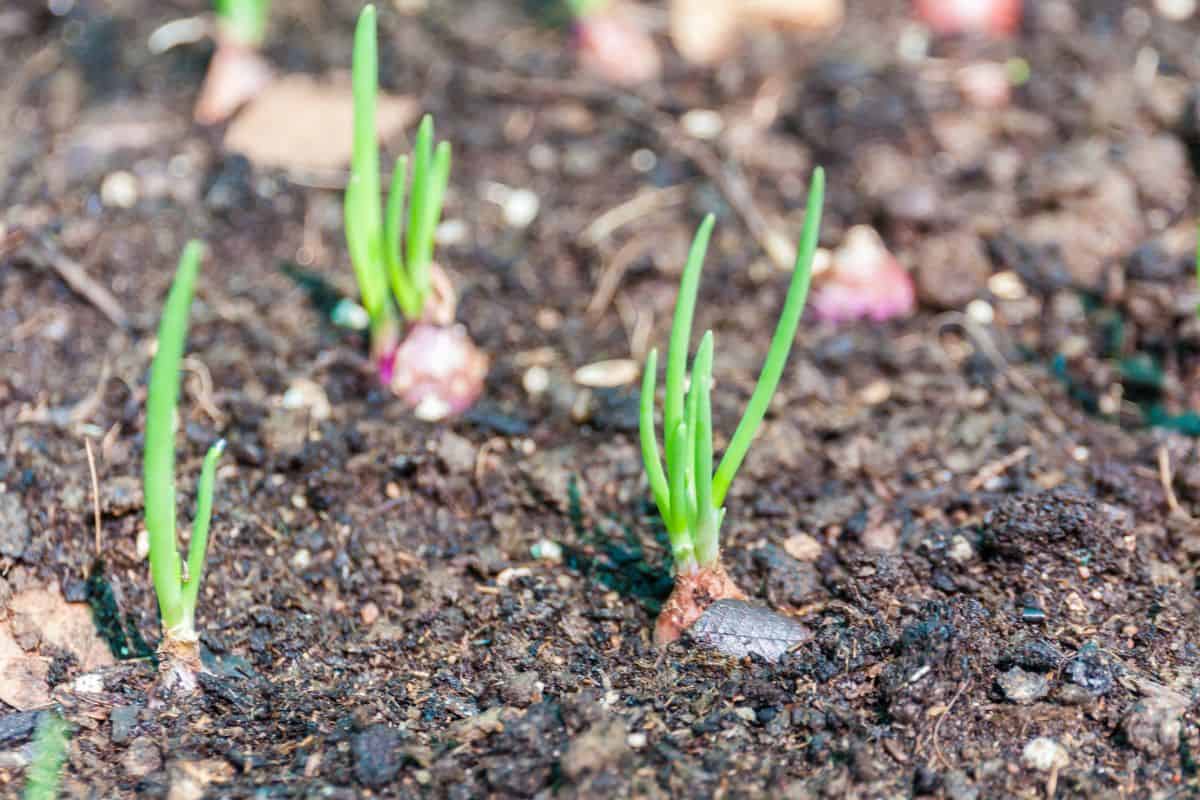
You can plant onions in the early spring or in the fall. For fall plantings, you will need between four and six weeks of warm temperatures to fully establish. Once the cold weather arrives, your onions will remain dormant until spring.
You should plant onions in areas that receive full sunlight. It's also important to have loose, well-draining soil. If your soil is easily compacted, the bulb's growth will be affected.
Onions also need a lot of nutrients. Be sure to use nitrogen fertilizer when planting. Using a thin layer of mulch will also help the soil retain moisture which is essential for onions.
2. Garlic
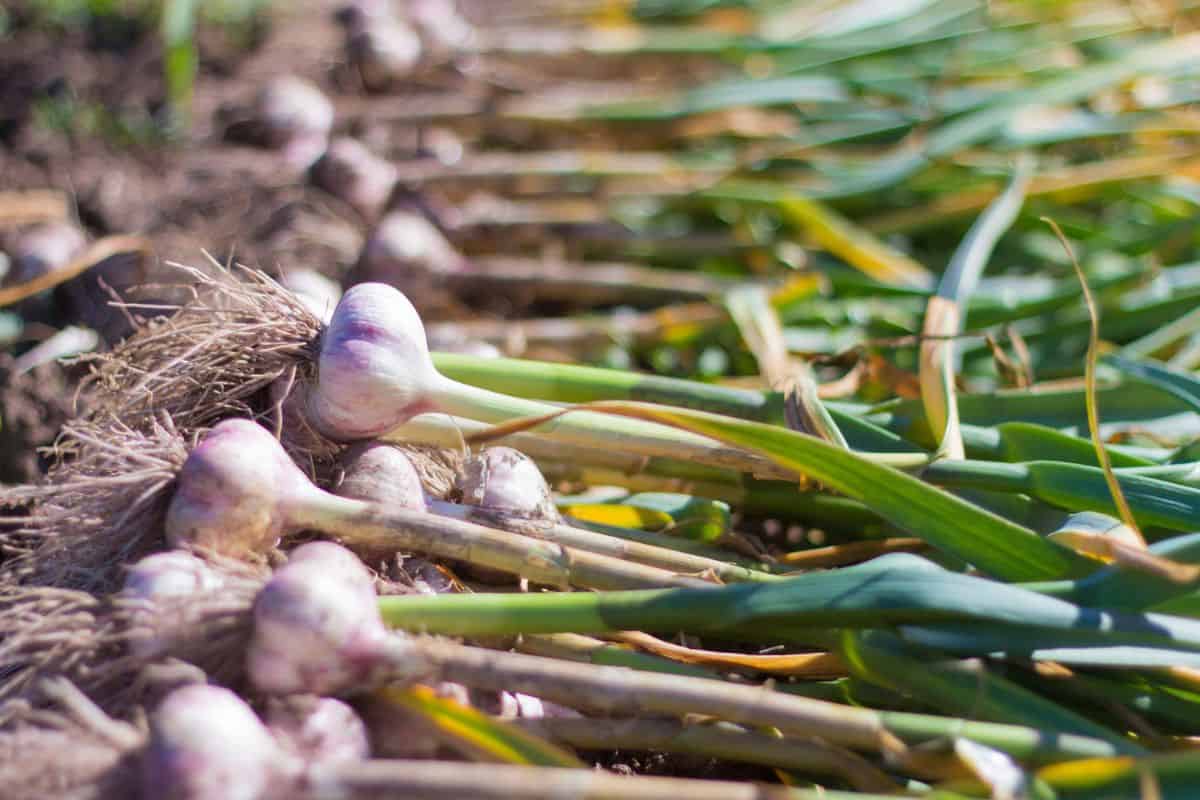
Garlic is a perennial, cool-season vegetable that is hardy for USDA Zones 4a through 9b. These plants prefer soil that is well drained and high in organic matter. You should also plant these in an area that receives full sun. As with other bulb plants, it's best to avoid easily compacted soil.
You'll need to plant garlic based on where you live. You should allow between four and six weeks for the garlic clove to establish before it gets too cold.
Ideally, you should allow enough time for shoots to emerge from the clove without growing above the soil line. Depending on your region, you should begin planting garlic in late summer and potentially into December.
3. Chives
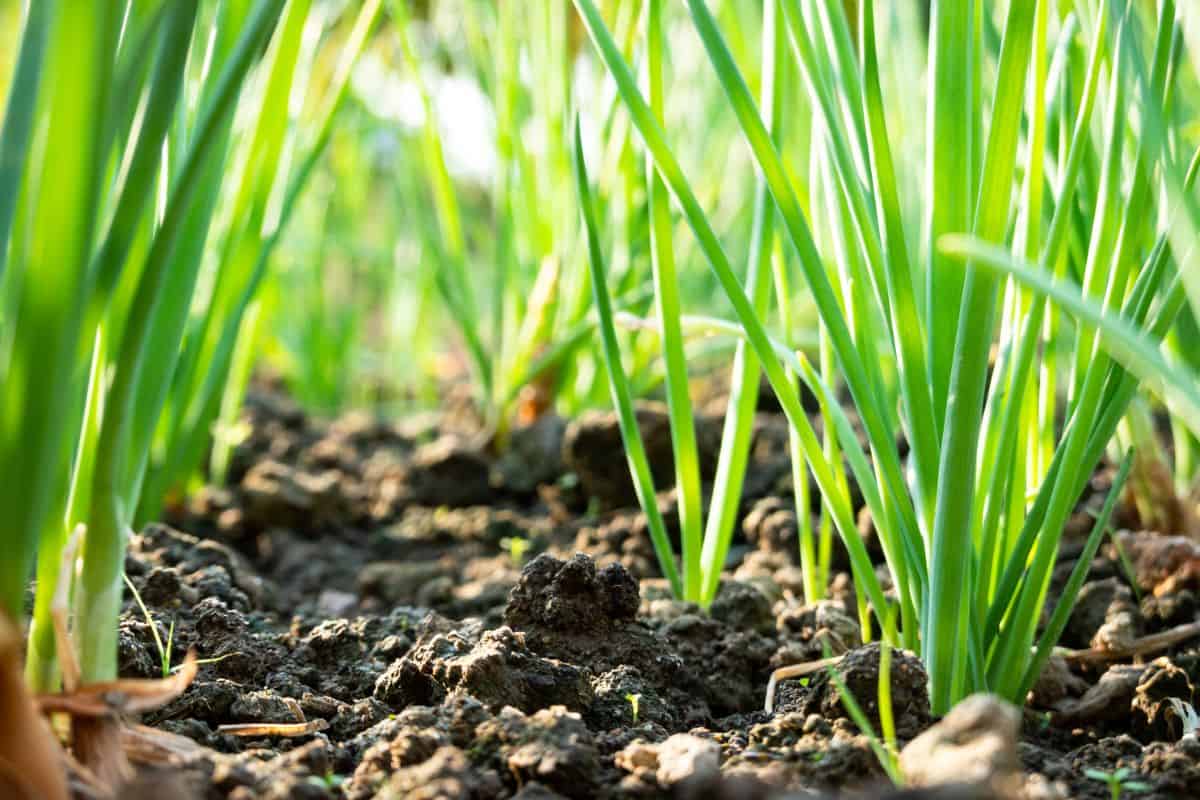
Chives are perennial, cool-season vegetables that are a part of the herb classification of food. These plants are hardy for USDA Zones 4a through 8b and prefer locations with full sun to partial shade.
When planted in full sun, chives are more likely to produce better blooms. Chives will tolerate a range of soil conditions. However, they do best in places with rich and well-drained soil.
You can plant chive seeds directly into the ground after the last spring frost date. You can also begin seeds indoors approximately two months before the last spring frost.
Once chives are established, they are very easy to care for. They are drought tolerant and don't require a lot of fertilization. For best productivity results, you should divide chives every few years.
4. Asparagus
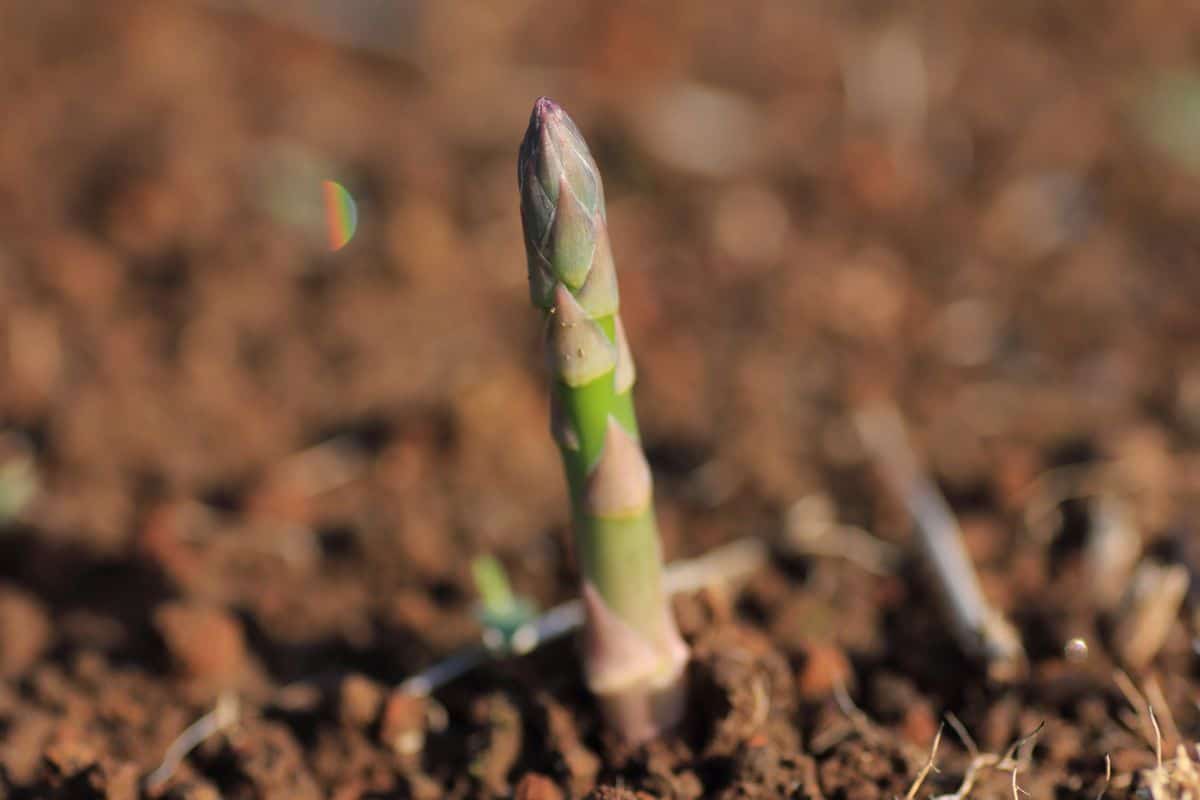
Asparagus plants are hardy for USDA zones 2a through 9b. You can grow this perennial, cool-season vegetable in many different climates. However, they do best in areas with long winters. You should plant asparagus in locations with full sun and soil high with organic matter.
You should plant asparagus in the early spring. Be sure to select an area that won't be disturbed by other plants. One of the biggest concerns for asparagus is weed management.
This vegetable's roots are easily disturbed by weeds. Once established, asparagus plants are long lived and can produce plants for up to 30 years.
5. Beets
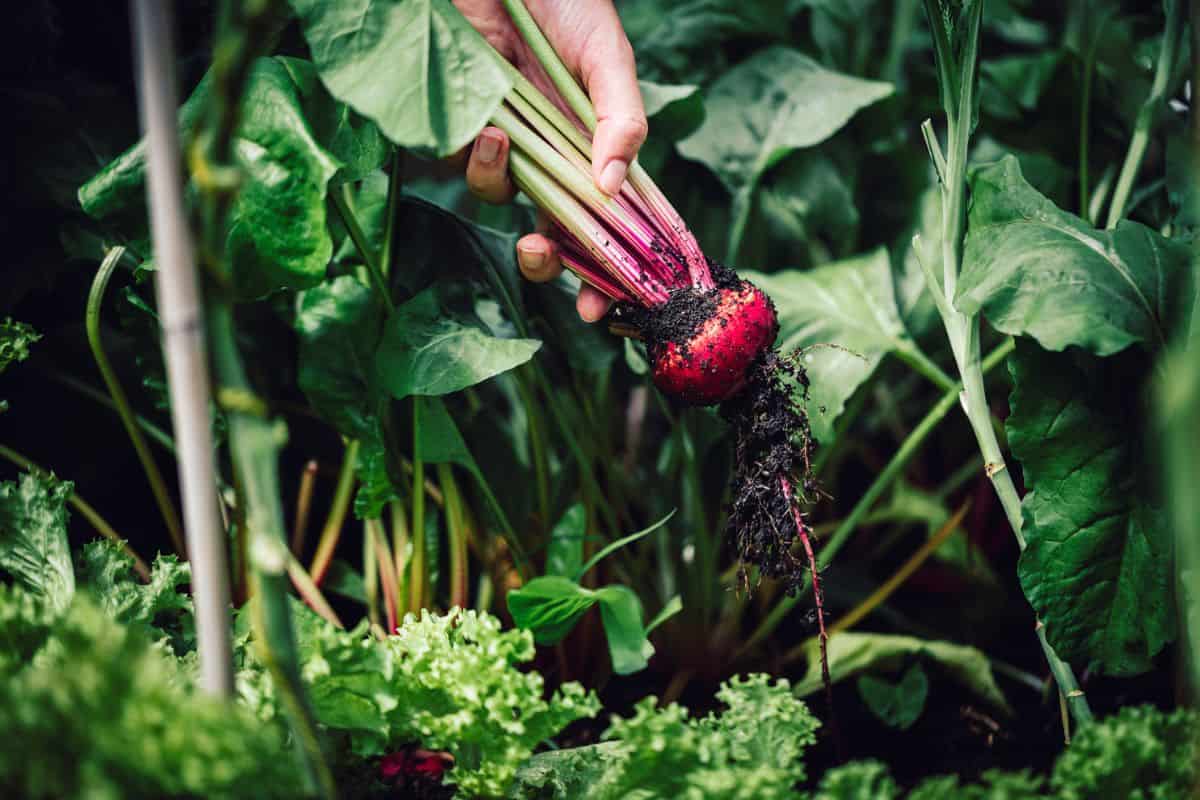
Beets from the garden beet group are the vegetable that is most commonly found in stores. This vegetable is hardy for USDA Zones 2a through 11b.
For best yields, you should plant beets in areas that receive full sun and in moist, rich soil. Beets will tolerate slightly alkaline soil pH but don't do well in areas with acidic soil.
Ideally, you should plant beets directly into the ground in early spring. You can stagger plantings by two weeks until summer as long as the daily temperature is below 75 degrees Fahrenheit. For a fall harvest, you can also plant beets from mid-summer to early fall.
6. Brussels Sprouts
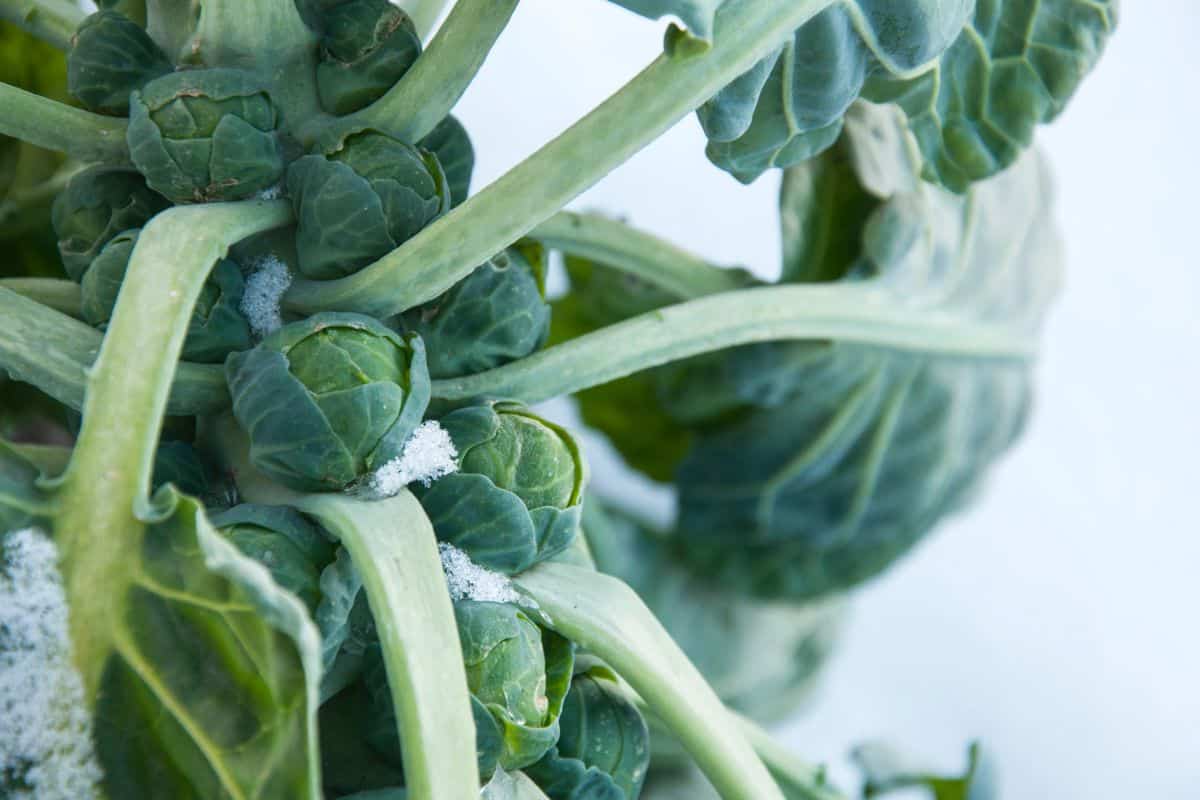
Brussels sprouts are a part of the gemmifera group of wild cabbages. These cool-season vegetables are hardy for USDA Zones 2a through 11b. To successfully grow Brussels sprouts, you'll have to have a lot of patience. These slow-growing plants won't be ready to harvest for up to six months.
You'll need to plant Brussels sprouts in areas that receive at least six hours of sunlight each day. Brussels sprouts also do best in neutral, well-drained soil.
For zone 7, it's best to sow these seeds in the summertime. You can start seeds indoors or outdoors. However, starting outdoors does increase the maturing time by approximately three weeks.
7. Turnips
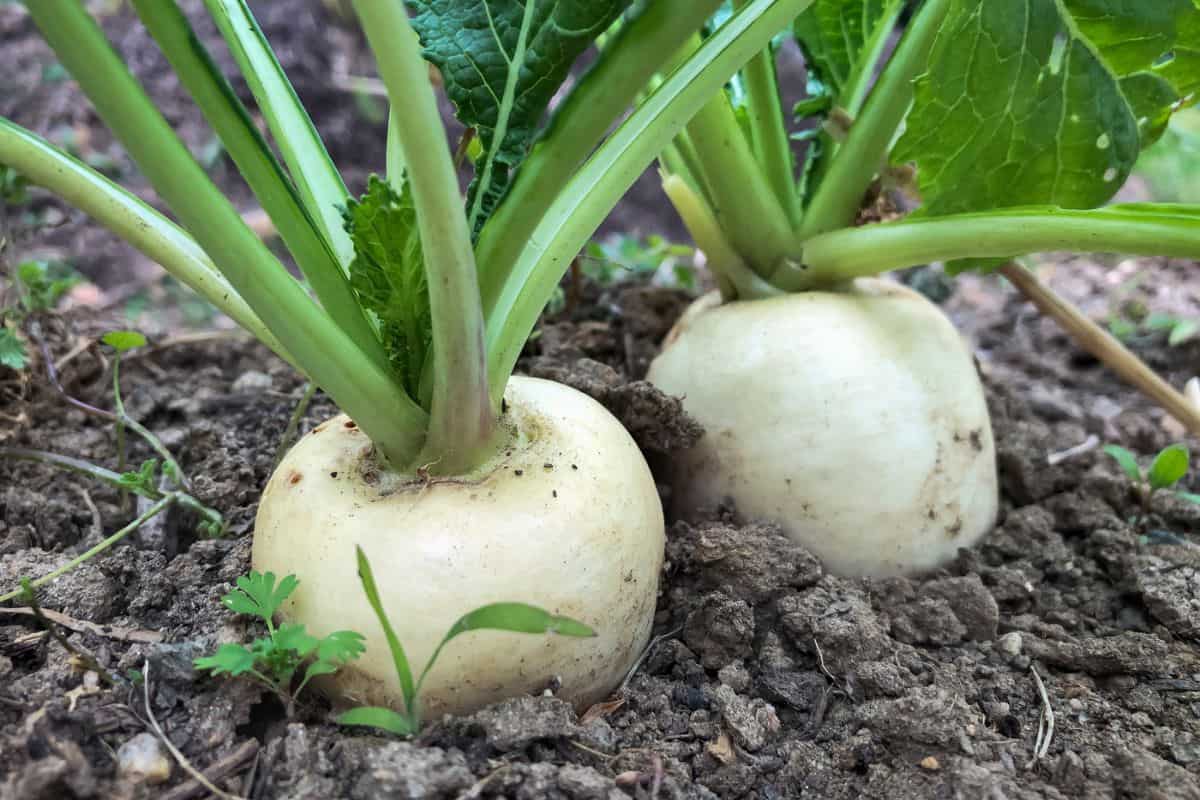
Turnips are harvested for the well-known white root or leafy tops. These plants are hardy for USDA Zones 2a through 11b.
You should plant turnip seeds directly into the ground during the spring or fall. For a spring harvest, plant seeds three weeks before the last spring frost. For a fall harvest, you can sow seeds from late summer to early autumn. Whenever you plant, it's essential that turnips get full sun and have well-draining soil.
This vegetable tends to grow best in temperatures ranging from 40 degrees to 75 degrees Fahrenheit. Try to pick turnips quickly. If you leave them in the ground for too long, a lack of water or nutrients and temperatures above 80 degrees Fahrenheit can cause turnips to bolt.
8. Carrots
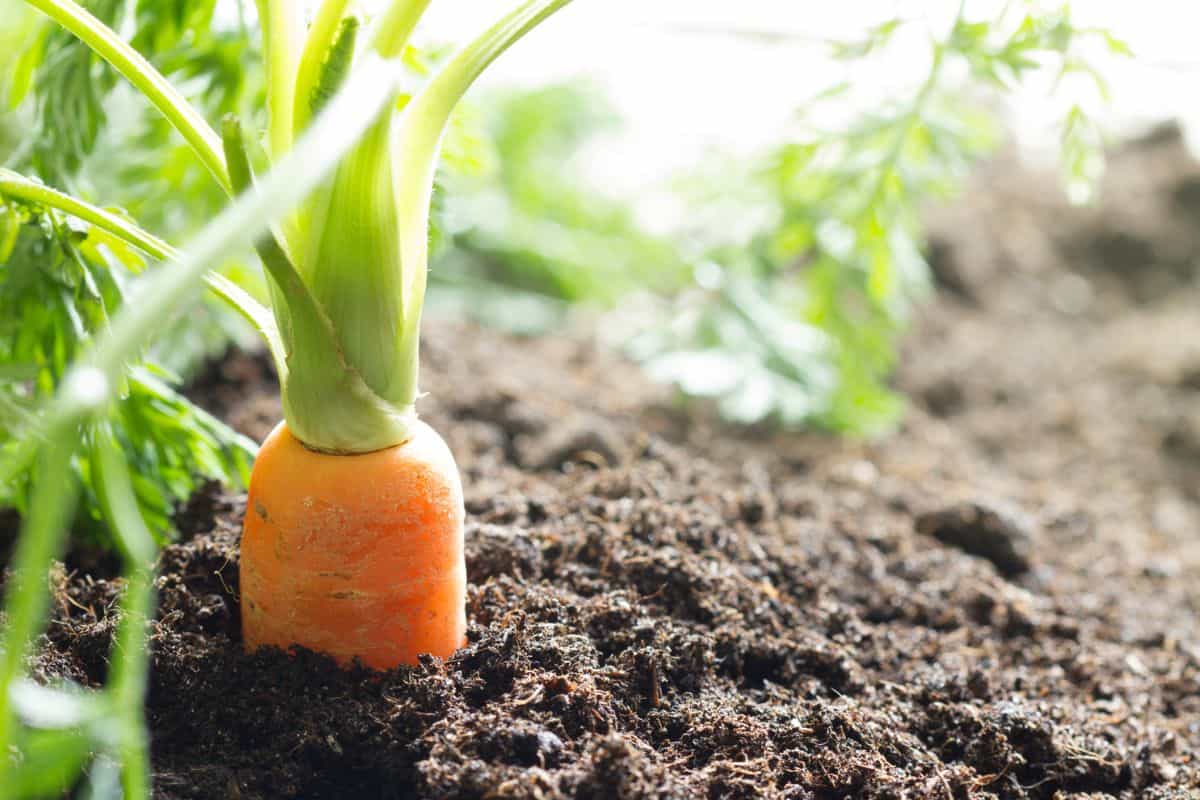
You should plant carrots in areas with full sun and moist, slightly acidic, loam-to-sandy soil. Heavily compacted soil will disturb the growth process. You should also avoid overwatering this plant. Too much water can make the carrots taste bitter. This vegetable can be planted for a spring or fall harvest.
Carrots are hardy for USDA Zones 2a through 11b. As with other root plants, it's important to have loose, well-draining soil. It's recommended to dig your dirt twice in order to clear it of rocks and debris.
9. Arugula
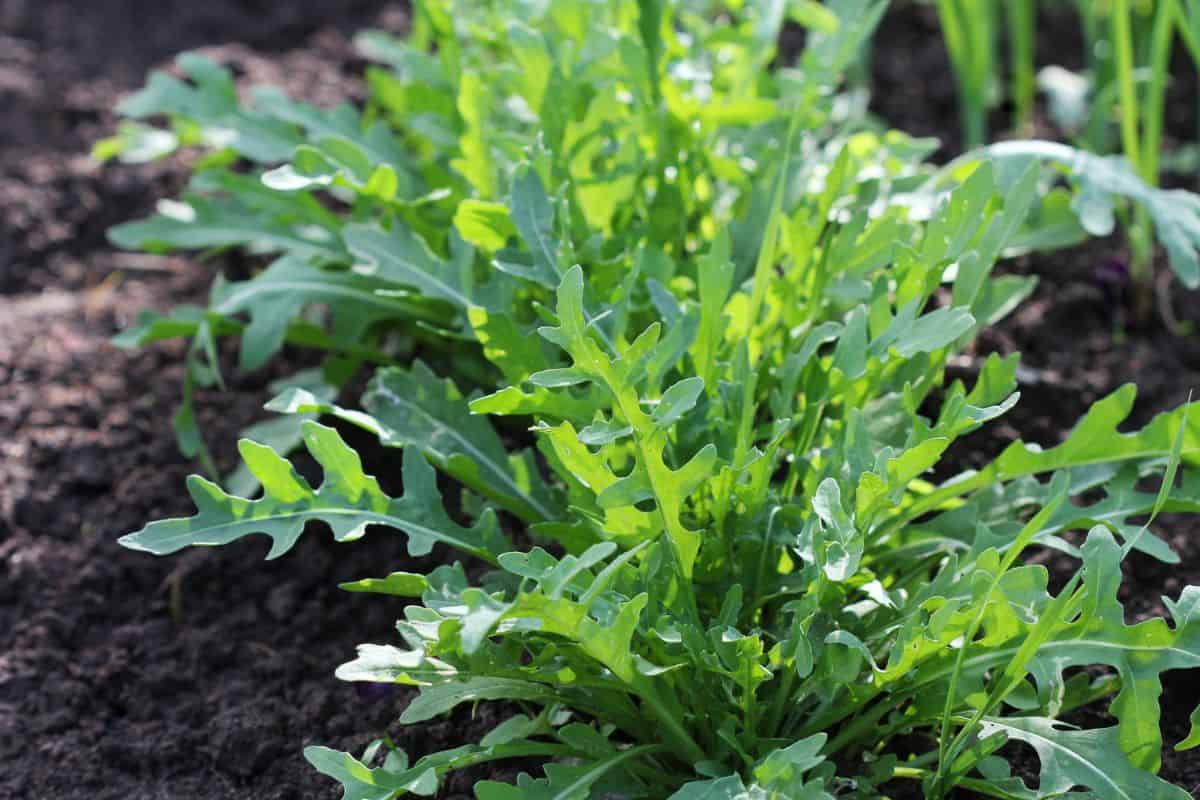
Arugula is an excellent crop for the cooler temperatures of spring and fall. These seeds will germinate in temperatures as low as 40 degrees Fahrenheit. So, you can begin planting as soon as the soil is workable in the spring. You can also wait to plant until late summer or fall for a winter harvest.
This plant is hardy for USDA Zones 2a through 11b. However, arugula does tend to bolt in high heat. Arugula is a fast vegetable to harvest.
You can have mature plants in as little as six weeks. Plant arugula in full sun and nutrient-rich, well-drained soil for best results. However, this plant does tolerate a wide variety of soil types.
10. English Peas
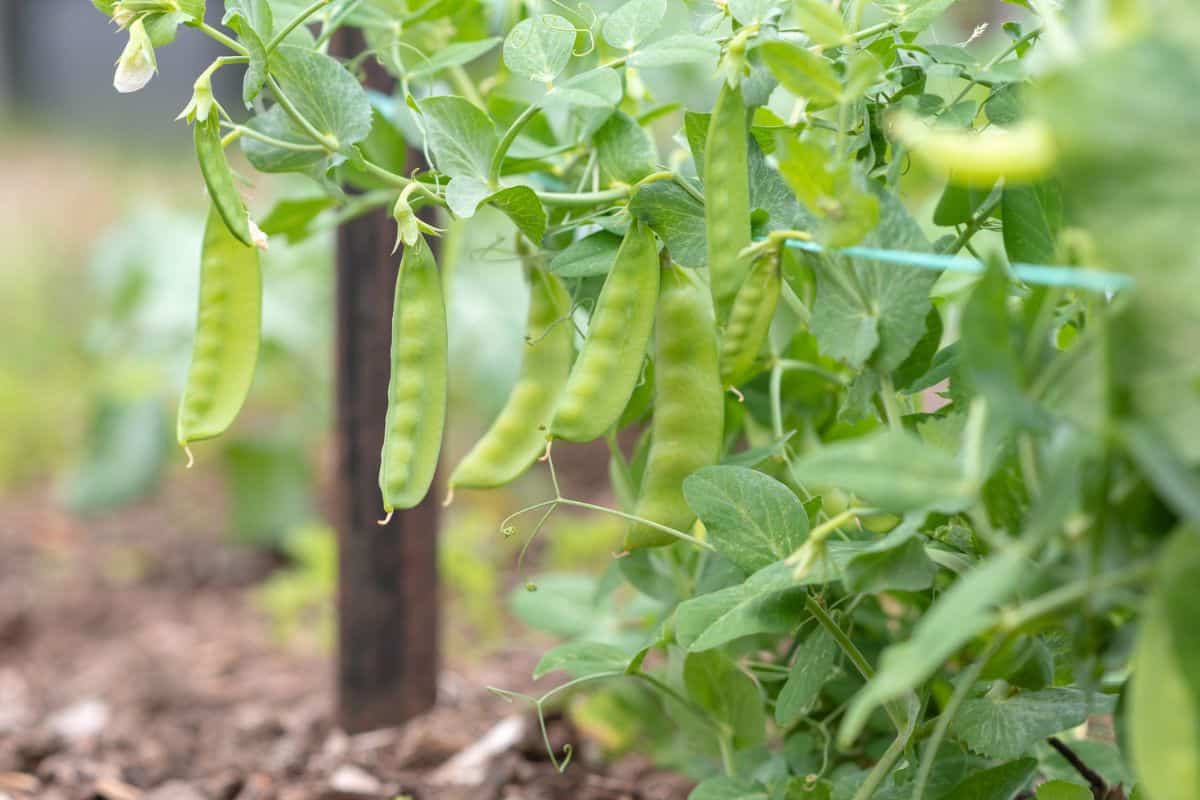
Peas are a cool-season vegetable that will not grow once temperatures exceed 85 degrees Fahrenheit. This means that you need to plant them as soon as you can work the soil in the spring. Additionally, you can plant in late summer, approximately eight weeks before the last frost.
You should try to plant peas directly into the ground because they don't transplant very well. The exception is if you start in a biodegradable pot and plant the whole thing into the ground. Peas are hardy for USDA Zones 2a through 11b. They can tolerate partial shade but do best in areas with full sun.
Check out these biodegradable pots on Amazon.
11. Spinach
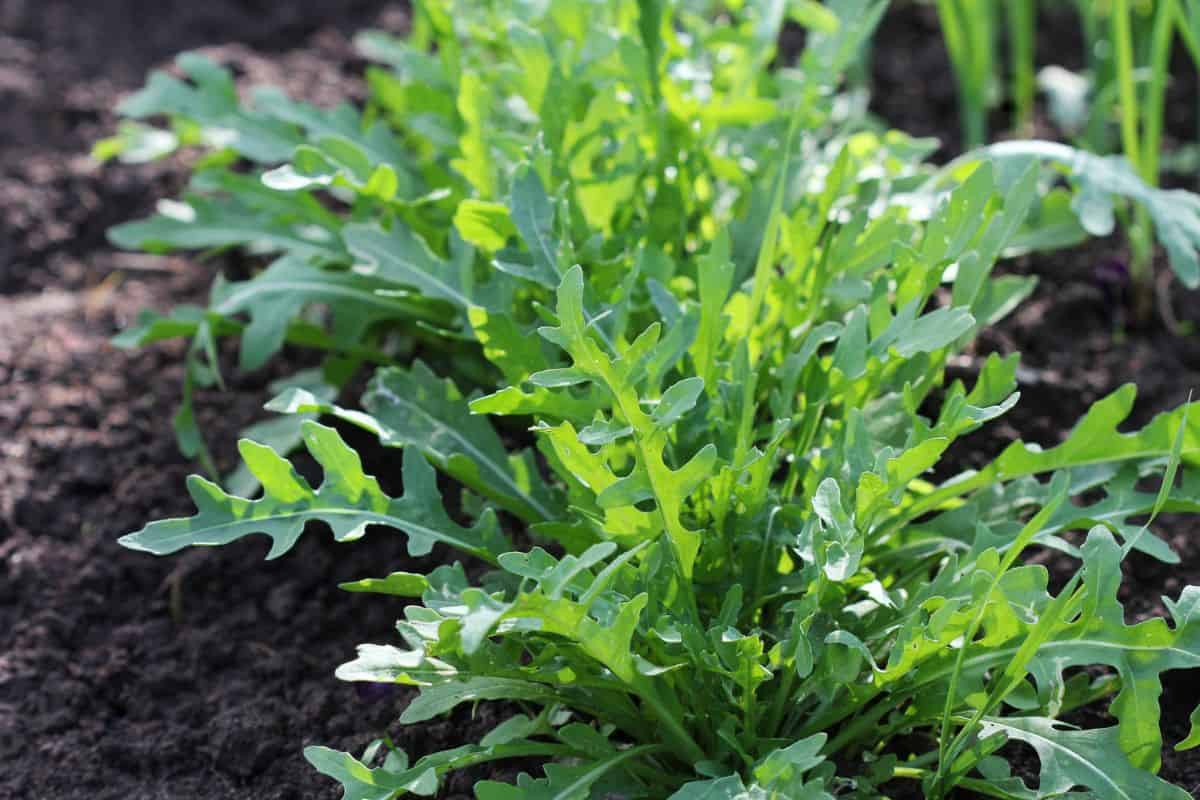
Spinach is an incredibly cold-hardy plant that can be grown into the winter months in some locations. These rapid growers are hardy for USDA Zones 2a through 11b.
To grow spinach successfully, the soil must remain cool for at least six weeks. You can plant spinach in the spring or fall. For colder regions, fall plantings will be ready in the early spring.
You should plant spinach in areas that receive full sun to partial shade. For best results, you can prepare the soil about a week before planting.
Spinach does best in soil that is well draining and high in organic matter. You can try to transplant, but it does best when planted directly in the ground in soil cooler than 70 degrees Fahrenheit.
12. Head Lettuce
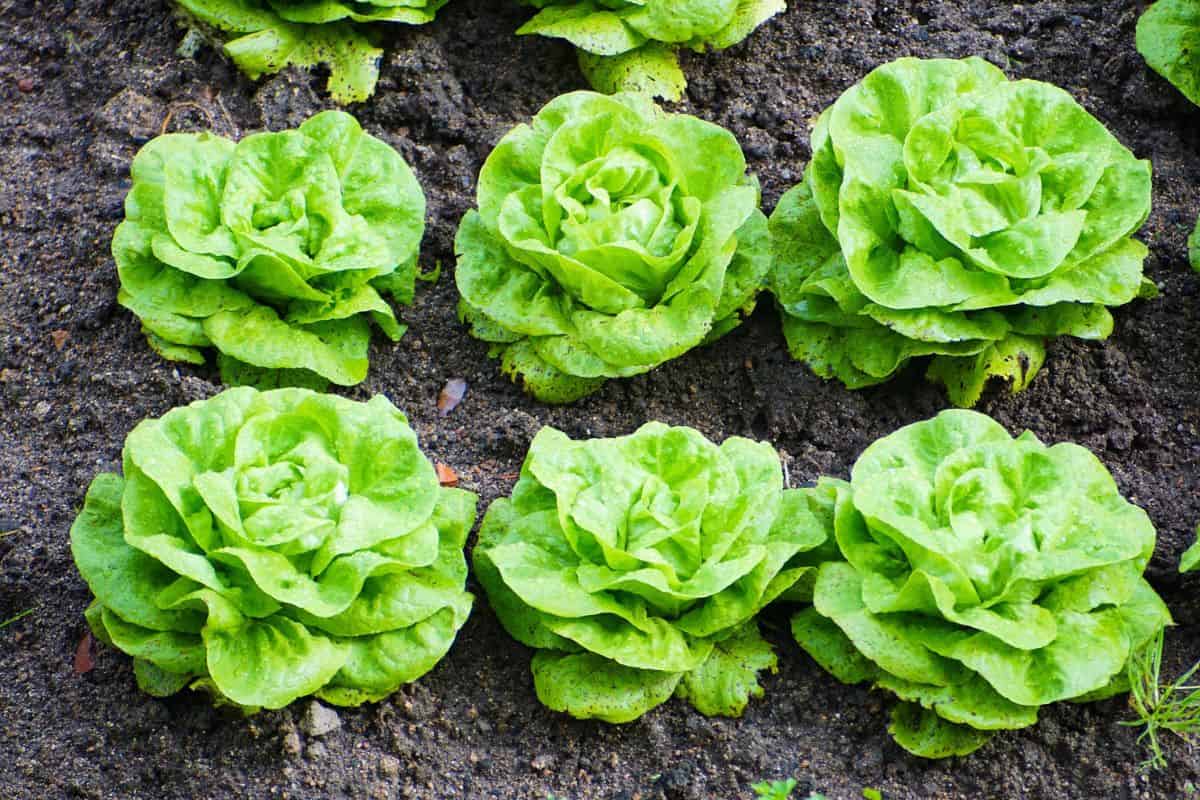
Lettuce is an excellent crop for early spring and fall. This vegetable does best when the soil is between 45 and 65 degrees Fahrenheit. However, some varieties do better in colder or hotter regions.
You can start seedlings either in the fall or the spring. Spring plantings should be planted into the soil two weeks before the last frost. For fall plantings, you should sow seeds a few months before your first frost date. Depending on your region, lettuce is ready for harvest approximately 80 days after sowing.
This vegetable is hardy for USDA Zones 2a through 11b. Your soil should be moist and well draining. Lettuce also does best in areas that get full sunlight.
In Closing
Living in a colder region like Zone 7 doesn't mean that you can't have delicious vegetables. With the proper planning, you can easily have an edible garden despite the low temperatures.
Check out these posts:

